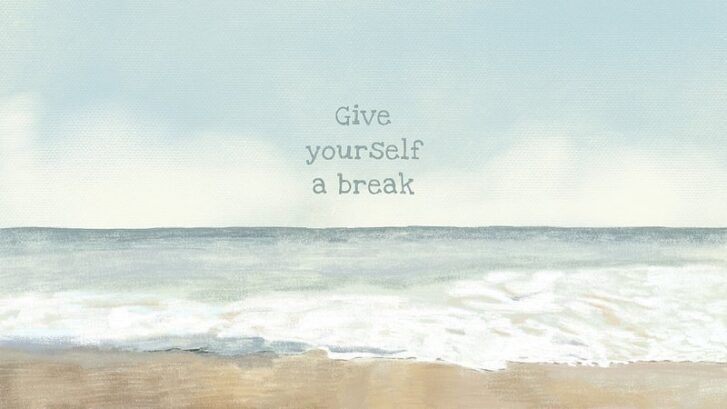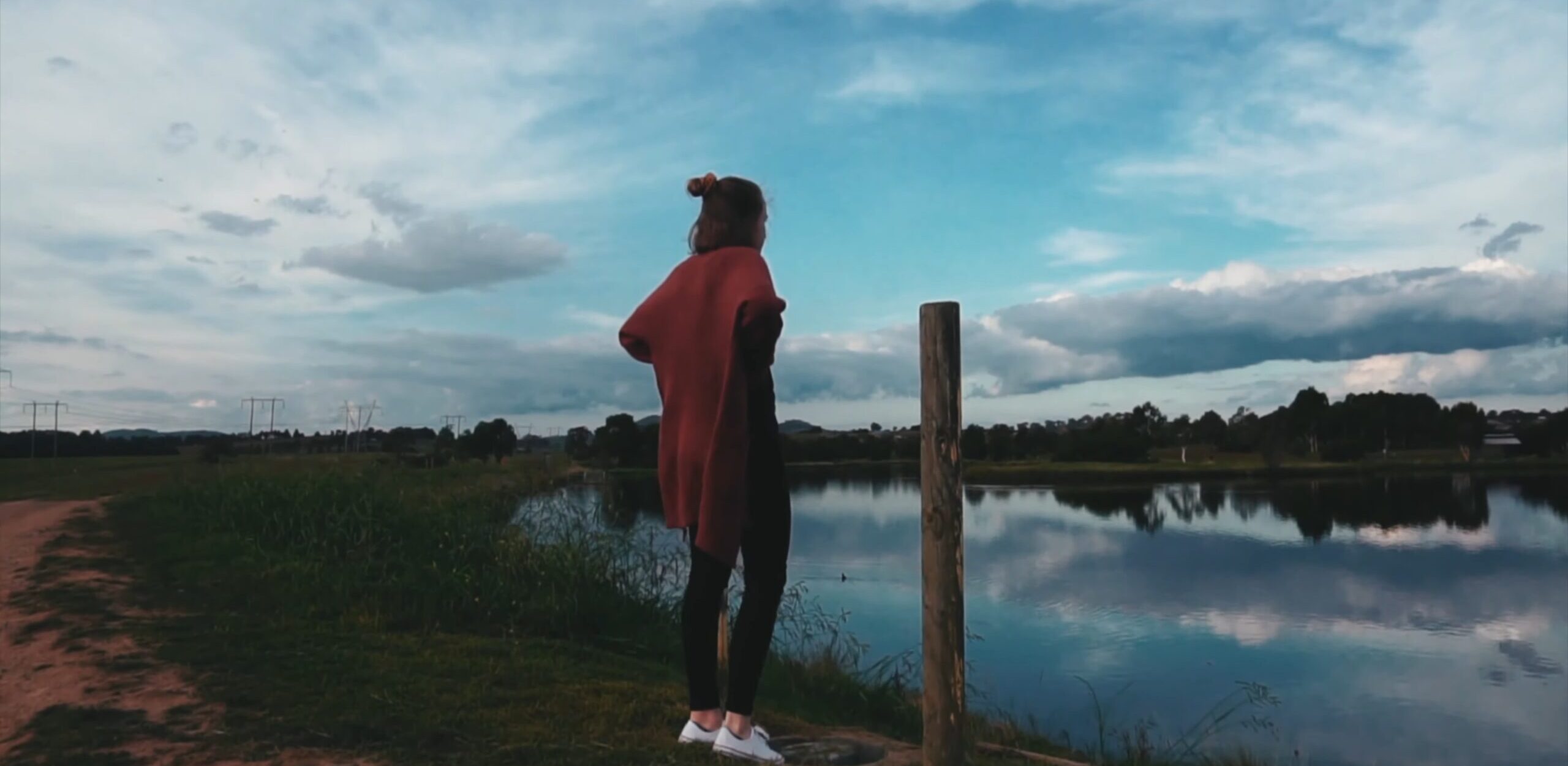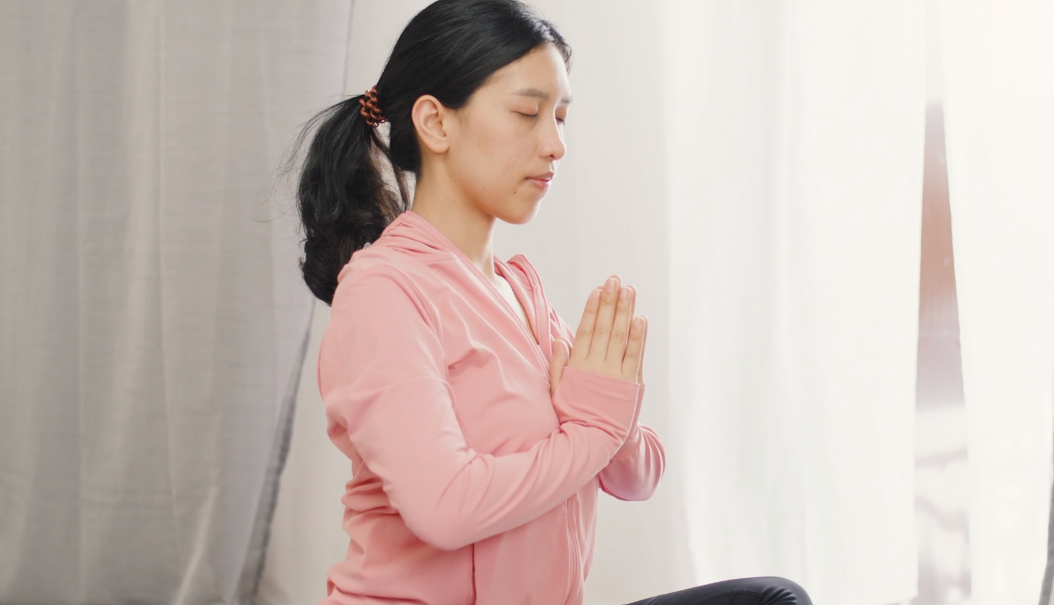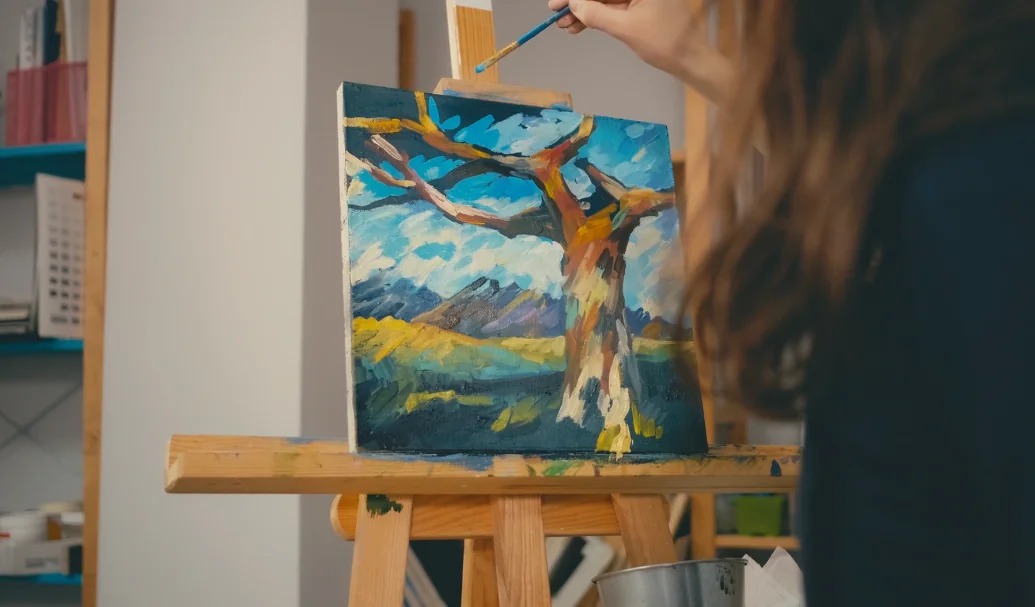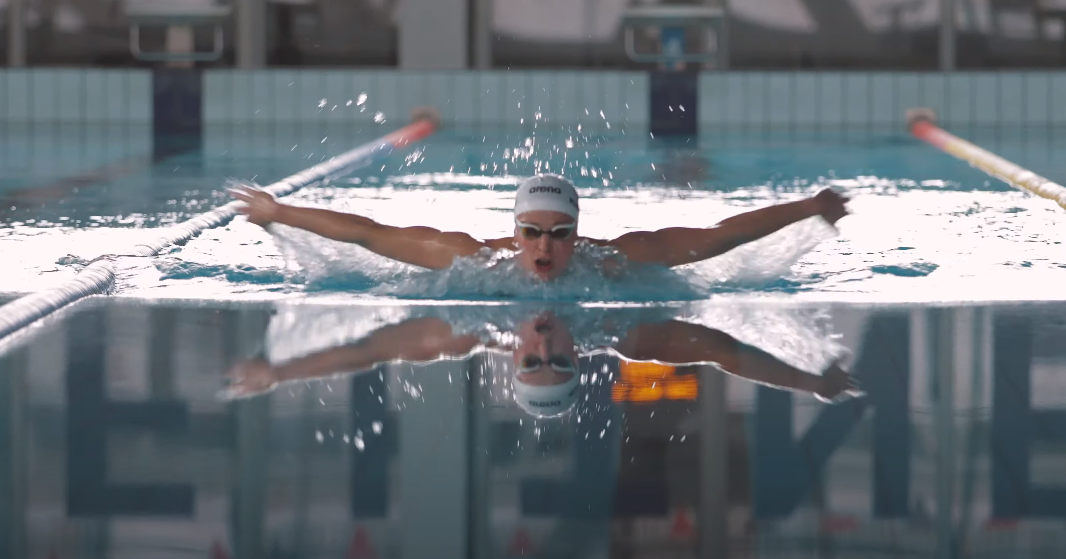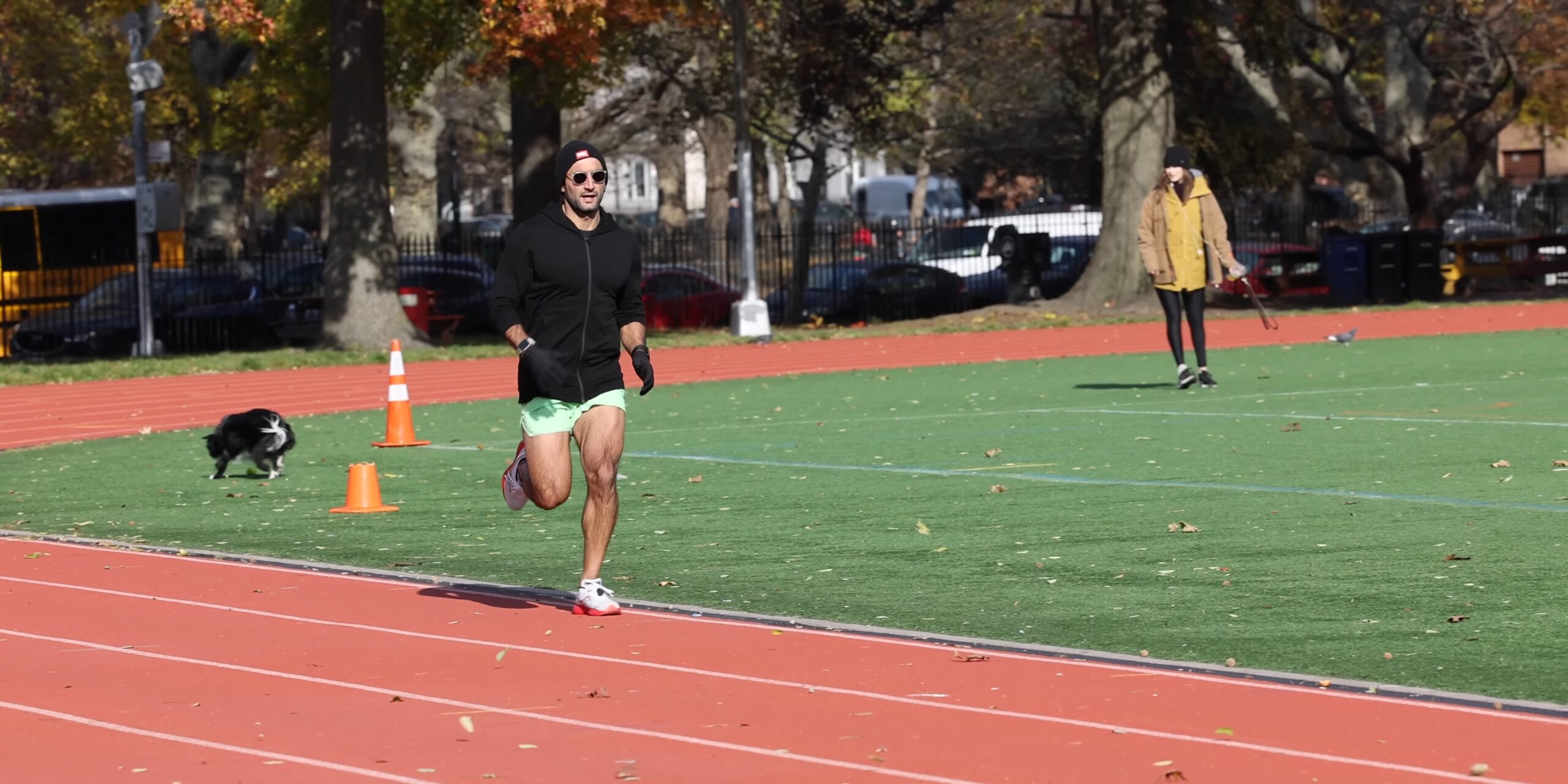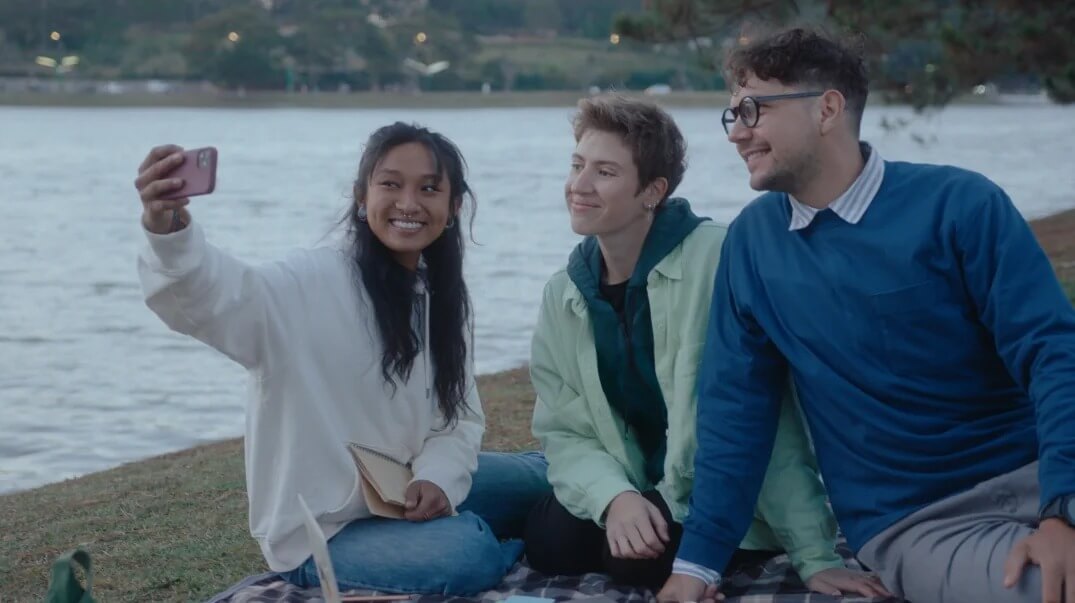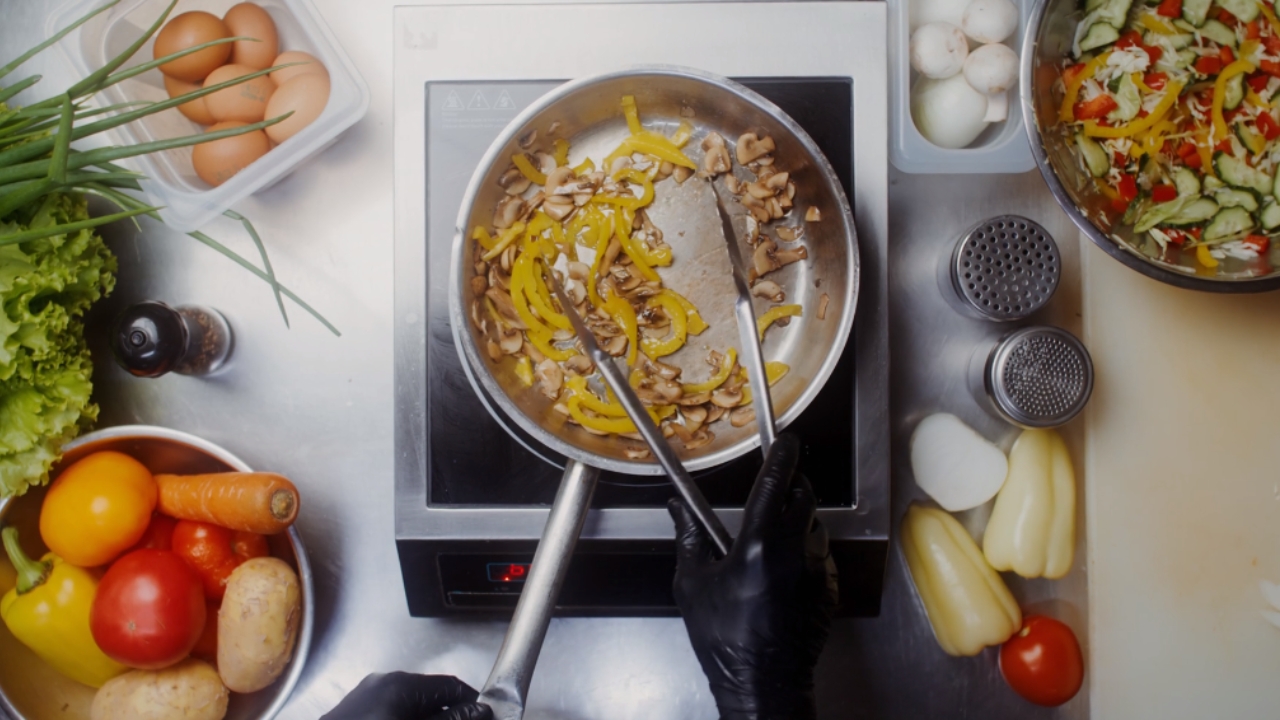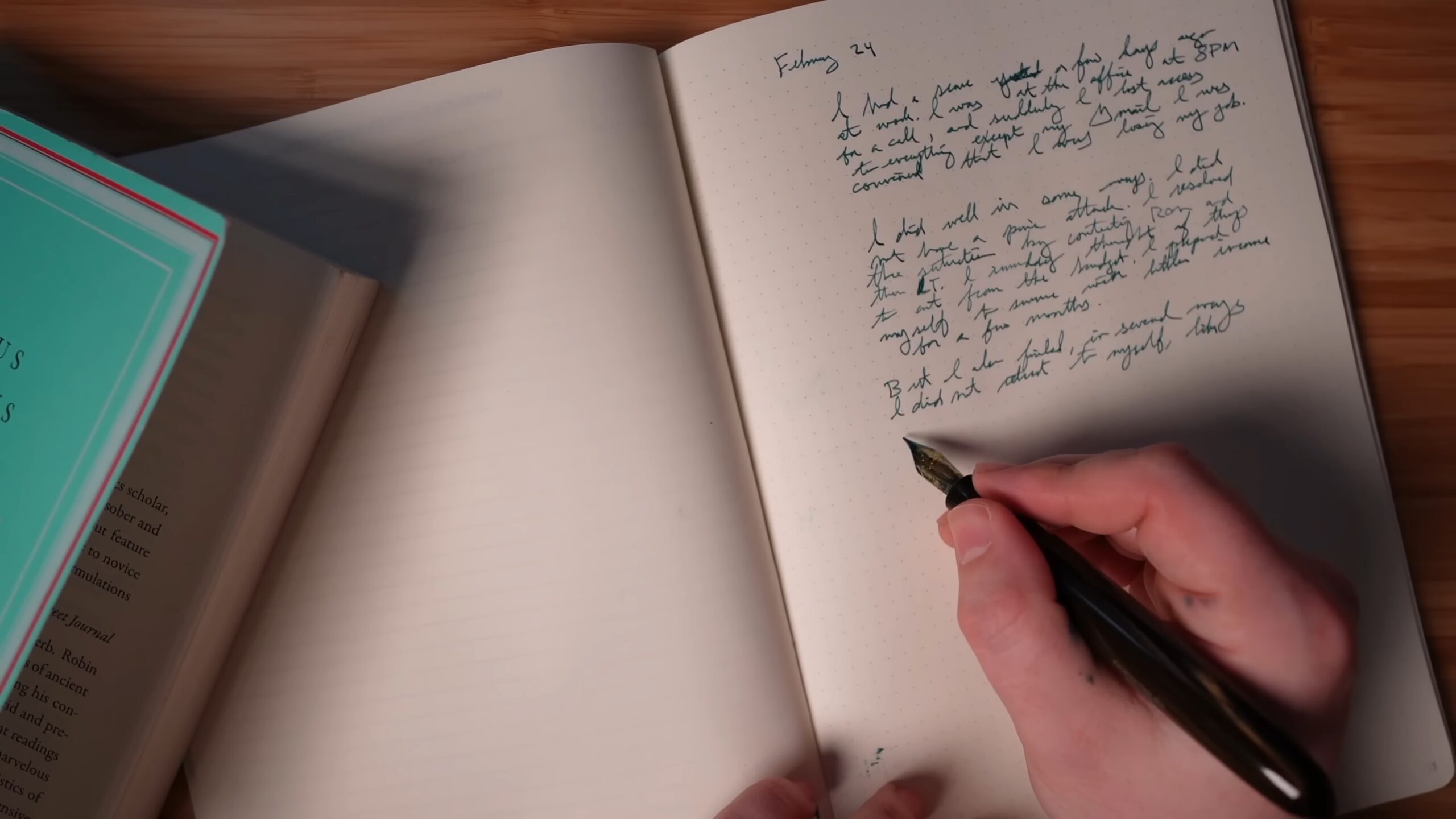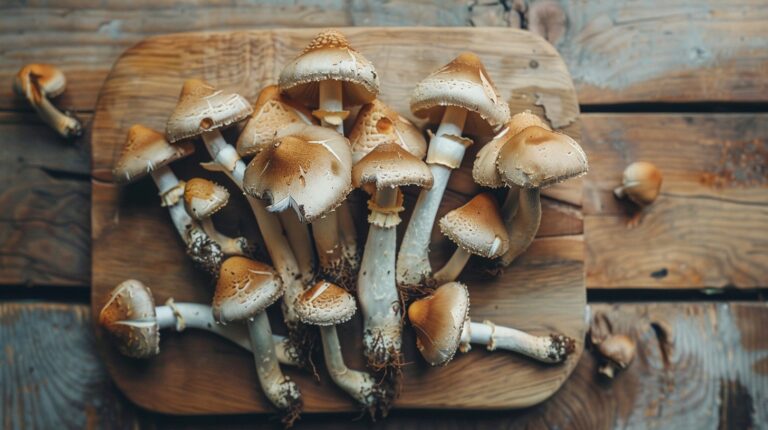I’ve dedicated over a decade of my life to the field of mental health as a clinical psychologist and educator. My journey in this field has been driven by a deep-seated passion for understanding the human mind and helping others find solace and strength within themselves. With my extensive experience in reviewing and curating mental health literature and educational materials, I’ve come to recognize the immense value of accessible resources in promoting mental well-being.
In today’s fast-paced world, where stress and burnout are all too common, it’s crucial to find ways to pause and rejuvenate. This guide is a culmination of my years of experience and learning, designed to offer practical, easy-to-integrate methods for giving yourself a much-needed break. Each suggestion is backed by both academic research and real-world application, ensuring that you receive advice that’s not only scientifically sound but also genuinely effective in everyday life.
As we explore these ten methods together, remember that taking care of your mental health is not a luxury—it’s a necessity. My goal is to guide you towards practices that enhance understanding, foster self-awareness, and promote healthy mental health practices. Let’s embark on this journey towards finding peace and balance in our lives.
10. Embrace Nature’s Serenity
The Healing Power of Nature
Nature has a unique ability to soothe the mind and heal the body. Studies have consistently shown that spending time in natural environments can significantly reduce stress, anxiety, and depression. The sounds of birds, the rustling of leaves, and the sight of greenery can instantly create a sense of peace and calm.
Practical Ways to Connect with Nature
To incorporate nature into your life, start with simple activities. A daily walk in a local park, a weekend hike, or even just sitting in a garden can be incredibly beneficial. If you live in an urban area, try to find green spaces or create a small garden at home. The key is regular exposure, even in small doses.
| Activity | Description | Ideal For |
|---|---|---|
| Park Walks | A leisurely walk in a nearby park, taking in the sights and sounds of nature. | Daily relaxation and light exercise. |
| Hiking | Exploring nature trails or hiking paths in or around your city. | Adventure seekers and fitness enthusiasts. |
| Gardening | Creating and maintaining a garden, whether it’s a flower bed, vegetable patch, or balcony plants. | Those who enjoy nurturing and watching things grow. |
| Bird Watching | Observing and identifying different bird species in natural habitats. | Nature enthusiasts and those seeking a calming hobby. |
| Nature Photography | Capturing the beauty of nature through photography during walks or hikes. | Creative individuals and photography hobbyists. |
| Picnics | Enjoying a meal outdoors in a scenic location, such as a park or by a lakeside. | Families and friends looking for a relaxing outing. |
| Outdoor Yoga | Practicing yoga in a park or other natural setting. | Individuals seeking a peaceful environment for mindfulness and exercise. |
| Forest Bathing | A Japanese practice known as Shinrin-yoku, involving immersing oneself in the forest atmosphere. | Those seeking deep relaxation and stress relief. |
| Beach Walks | Walking along a beach, if accessible, to enjoy the ocean and sand. | Anyone who finds peace near water bodies. |
| Star Gazing | Observing the night sky from a quiet, natural setting away from city lights. | Night owls and astronomy enthusiasts. |
These activities offer diverse ways to engage with nature, catering to different interests and lifestyles. Whether you’re looking for a physical activity, a creative outlet, or a quiet moment of reflection, nature provides a backdrop that can enhance these experiences.
The key is to find what resonates with you and make it a regular part of your life. Remember, even small doses of nature can have a significant positive impact on your mental and physical well-being.
9. Indulge in a Hobby
The Joy of Doing What You Love
Hobbies are a wonderful escape from the daily grind. They allow you to engage in activities that you’re passionate about, providing a sense of fulfillment and joy. Whether it’s crafting, cooking, or collecting, hobbies offer a productive outlet for creativity and stress relief.
Finding the Right Hobby for You
The best hobby is one that you genuinely enjoy and look forward to doing. It should be something that feels more like a pleasure than a chore. Experiment with different activities to find what truly resonates with you. Remember, the goal is personal satisfaction and relaxation.
8. Practice Mindfulness and Meditation
The Art of Being Present
Mindfulness and meditation are about focusing on the present moment and accepting it without judgment. These practices can help you become more aware of your thoughts and feelings, leading to better stress management and increased emotional well-being.
Simple Techniques to Get Started
Start with just a few minutes of meditation each day, focusing on your breath or a simple mantra. Mindfulness can be practiced at any moment, whether you’re eating, walking, or even working. The key is to be fully engaged in the present activity.
7. Enjoy a Creative Outlet
Unleashing Creativity for Mental Wellness
Creative activities like painting, writing, or playing music provide a productive way to express emotions and reduce stress. They can boost your mood, increase self-esteem, and offer a sense of accomplishment.
Ways to Be Creative
You don’t need to be an artist to enjoy creative activities. Simple acts like doodling, gardening, or cooking can be creative outlets. The focus should be on the process and enjoyment, not the end result.
6. Physical Activity and Exercise
The Benefits of Moving Your Body
Regular physical activity is crucial for both physical and mental health. It can improve mood, reduce feelings of anxiety and depression, and increase energy levels. Exercise stimulates the release of endorphins, chemicals in the brain that act as natural painkillers and mood elevators.
Incorporating Exercise into Your Routine
Find an activity that you enjoy and can stick to. This could be anything from yoga to swimming, cycling, or even dancing. The key is consistency and finding pleasure in the activity.
Easy Exercises
Walking
- Guide: Start with a comfortable pace and gradually increase your speed and distance. Aim for at least 30 minutes a day. Walking in a park or nature can add an element of relaxation.
Gentle Yoga
- Guide: Begin with basic poses like Mountain Pose, Warrior II, and Child’s Pose. There are many online tutorials for beginners. Yoga helps in improving flexibility and reducing stress.
Stretching
- Guide: Incorporate a 10-15 minute stretching routine into your day. Focus on major muscle groups and hold each stretch for about 30 seconds. Stretching improves flexibility and can be very relaxing.
Moderate Exercises
Swimming
- Guide: Start with short sessions of 15-20 minutes, gradually increasing your time in the pool. Try different strokes to work various muscle groups.
Cycling
- Guide: Begin with flat, short routes and gradually increase the distance and incline. Cycling is excellent for cardiovascular health and can be a fun way to explore your surroundings.
Bodyweight Exercises
- Guide: Start with exercises like squats, push-ups, and lunges. Aim for sets of 10-15 repetitions. These exercises strengthen various muscle groups without needing equipment.
Challenging Exercises
Running
- Guide: Start with interval training, alternating between walking and running. Gradually increase the running intervals. Aim for consistency rather than speed at first.
Weight Training
- Guide: Begin with lighter weights, focusing on form and technique. Gradually increase the weight and variety of exercises. It’s advisable to seek guidance from a fitness professional.
High-Intensity Interval Training (HIIT)
- Guide: HIIT involves short bursts of intense exercise followed by a brief period of rest or lower intensity exercise. Start with simpler exercises and shorter sessions, gradually increasing intensity.
5. Social Connections
The Importance of Socializing
Strong social connections are essential for emotional well-being. They provide a sense of belonging and can offer support during tough times. Positive interactions with friends and family can boost your mood and increase your sense of self-worth.
Balancing Social Time
It’s important to find a balance in social activities. Choose to spend time with people who uplift and support you. Quality is more important than quantity when it comes to social connections.
4. Reading for Pleasure
Getting Started with Reading for Pleasure
Reading for pleasure is a journey into a world of imagination, knowledge, and discovery. It’s an activity that can transport you to different realms, introduce you to unique characters, and offer fresh perspectives on life. Whether you’re a seasoned reader or just beginning, the key to enjoying reading is finding the right material that resonates with you.
Finding Your Genre
Start by identifying what type of stories or subjects intrigue you. Do you enjoy being lost in fantasy worlds, or do you prefer the factual realms of non-fiction? Are you drawn to historical narratives, or do contemporary issues pique your interest? Understanding your preferences will guide you in selecting books that you’ll find engaging.
Setting a Reading Routine
Incorporate reading into your daily routine. It doesn’t have to be a long session; even 15 to 20 minutes of reading can be beneficial. Find a comfortable spot and make it your reading nook. Whether it’s a cozy chair by the window or a quiet corner in a café, having a designated space can enhance your reading experience.
Using Technology
In today’s digital age, you’re not limited to physical books. E-books and audiobooks are great alternatives, offering convenience and accessibility. Platforms like Kindle, Audible, and various library apps provide a vast selection of titles that you can enjoy on the go.
Where to Find Book Recommendations
Finding the right book can sometimes be overwhelming, given the vast array of choices available. Here’s a table to guide you on where to find book recommendations based on your interests and preferences:
| Source | Description | Best For |
|---|---|---|
| Goodreads | A comprehensive book recommendation website with reviews, ratings, and forums. | Diverse genres and reader reviews. |
| Book Clubs | Joining a book club can provide curated selections and stimulate discussions. | Social reading and diverse perspectives. |
| Library Staff | Librarians can offer personalized recommendations based on your interests. | Tailored suggestions and expert advice. |
| Online Forums | Platforms like Reddit have book communities where you can find suggestions. | Niche genres and community recommendations. |
| Book Blogs and Vlogs | Many bloggers and YouTubers specialize in book reviews and suggestions. | Trending books and in-depth reviews. |
| Literary Awards | Books that have won awards like the Pulitzer or Man Booker Prize. | Critically acclaimed literature. |
| Bookstore Staff | Staff at bookstores often have great recommendations and knowledge about new releases. | Latest releases and staff picks. |
| Podcasts | There are numerous podcasts dedicated to discussing books and authors. | In-depth discussions and thematic exploration. |
3. Learn Something New
The Excitement of Acquiring New Skills
Learning new skills can be incredibly rewarding. It keeps the brain active and can lead to a sense of achievement and confidence. Whether it’s a new language, a cooking technique, or a craft, learning keeps life interesting and engaging.
Ideas for Learning
Consider online courses, local workshops, or self-taught skills. The internet offers a wealth of resources for learning just about anything, often for free or at a low cost.
2. Self-Care Rituals
The Importance of Taking Care of Yourself
Self-care is about actively doing things that promote your own physical, mental, and emotional health. It’s about treating yourself with kindness and understanding, recognizing when you need a break, and taking steps to meet your own needs.
Simple Self-Care Practices
Self-care can be as simple as taking a long bath, enjoying a favorite meal, or ensuring you get enough sleep. It could also include setting boundaries, saying no when needed, and prioritizing your own needs.
1. Reflect and Journal
The Power of Reflection
Journaling is a powerful tool for self-reflection and emotional processing. It can help you clarify your thoughts and feelings, understand yourself better, and make more mindful decisions.
How to Start Journaling
Begin by writing a few minutes each day, without worrying about grammar or style. Write about your day, your feelings, your dreams, or anything that comes to mind. The act of writing itself can be therapeutic.
FAQs
What if I find it difficult to meditate due to a constantly wandering mind?
It’s normal for the mind to wander during meditation, especially for beginners. The practice isn’t about having a blank mind, but rather about noticing when your mind has wandered and gently bringing your attention back to your breath or chosen focus. With time and practice, it will become easier.
How can I make time for hobbies when my schedule is already so full?
Start by allocating a small amount of time each week to your hobby, even if it’s just 30 minutes. Consider where you might be able to cut down on less fulfilling activities, like scrolling through social media. Remember, engaging in hobbies is an important part of self-care.
Are audiobooks as beneficial as reading physical books for relaxation?
Yes, audiobooks can be just as relaxing and beneficial as reading physical books. They are particularly useful for people who are on the go or prefer auditory learning. The key is the content and the enjoyment you get from it, not the format.
I’m not very creative. Can I still benefit from creative activities?
Absolutely! Creativity isn’t about skill level; it’s about expression and enjoyment. Simple activities like doodling, arranging flowers, or even coloring in an adult coloring book can be creative and relaxing. The goal is to enjoy the process, not create a masterpiece.
How can I find a balance between socializing and having time for myself?
It’s important to listen to your own needs. If you’re feeling drained, it’s okay to say no to social engagements. Try to schedule regular ‘me time’ and treat it as importantly as you would any social event. Remember, quality over quantity is key in social interactions.
What if I live in a city and don’t have easy access to nature?
Even in urban environments, there are ways to connect with nature. Look for local parks, botanical gardens, or community gardens. Indoor plants, window boxes, or even nature-themed art and sounds can also bring a sense of nature into your home. Additionally, planning occasional trips to more natural settings can be a great way to reconnect with nature.
Final Words
As we conclude this exploration of ten effective ways to give yourself a break, I hope you’ve found valuable insights and practical methods to incorporate into your daily life. Remember, taking time for yourself isn’t just about relaxation—it’s about nurturing your mental and emotional well-being. In my 12 years as a clinical psychologist and educator, I’ve seen firsthand the transformative power of self-care and mindful practices.
My aim, through this guide, has been to bridge the gap between academic research and accessible, everyday resources. Mental health education should be approachable and applicable for everyone, and I believe that these methods can be a stepping stone towards a more balanced and fulfilling life.
As you implement these practices, be gentle with yourself and remember that self-care is a personal journey that looks different for everyone. I encourage you to keep exploring and finding what works best for you. Your mental health is a precious asset, and nurturing it is one of the most important investments you can make. Here’s to your journey towards greater peace, balance, and well-being.
Related Posts:
- The Imperative to Break Mental Illness Stigma:…
- Understanding How HGH Influences Mental Well-Being:…
- Why Do Health Insurance Companies Do Home Visits -…
- 7 Best Biotin for Hair Growth in 2024- Top Picks +…
- Top 10 Must-Read Books for Nurturing Mental Health…
- Top 10 Best Self-Compassion Exercises in 2024 -…

